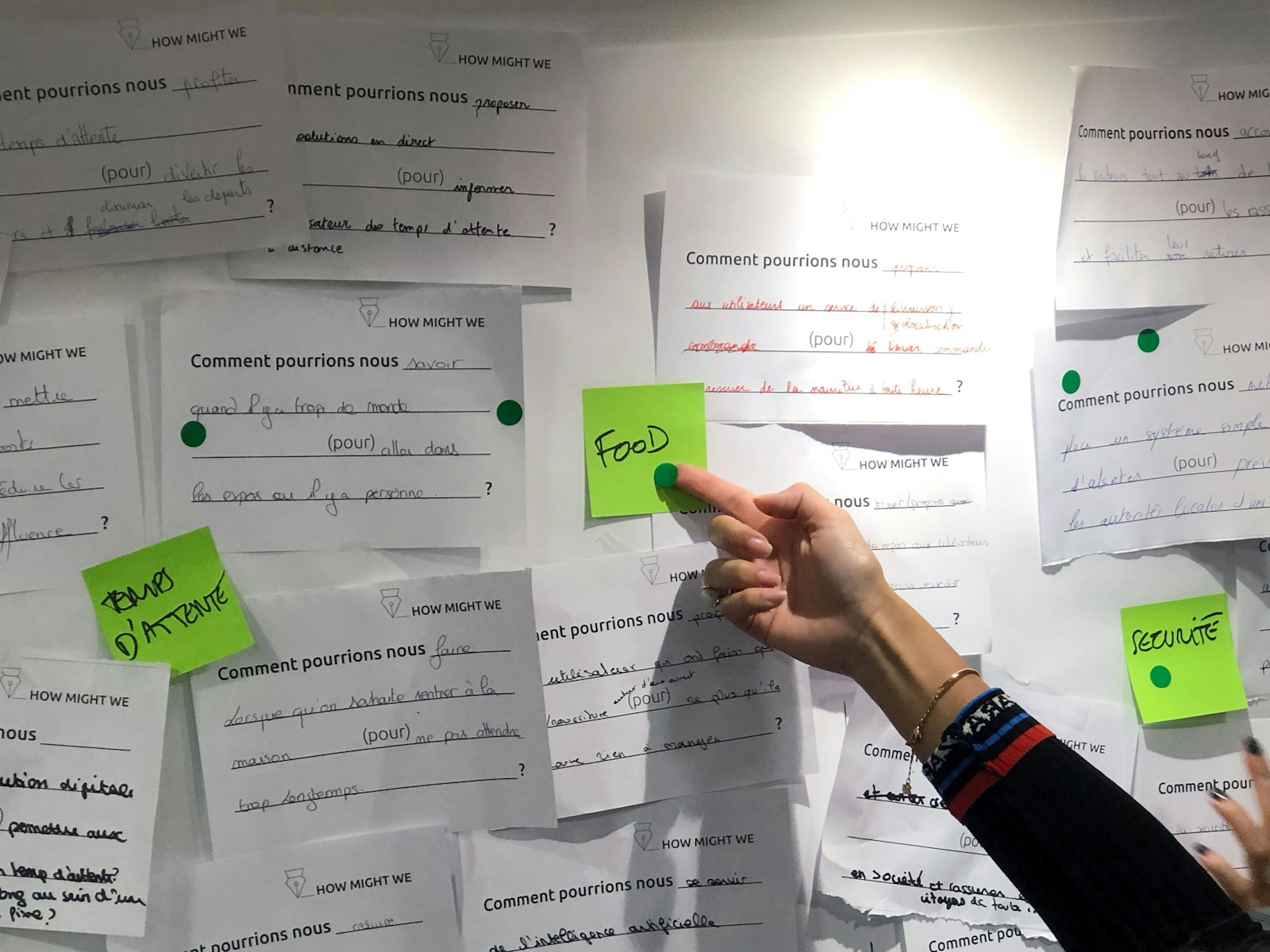
WordPress Pages vs. Posts: What’s the Difference?
What Are WordPress Pages?
Pages are static, timeless content that doesn’t change frequently. They are best used for important information that visitors need to access at any time.
Examples of Pages:
✅ Home
✅ About
✅ Contact
✅ Privacy Policy
Key Features of Pages:
🔹 No publishing date – Pages don’t have a time-based order.
🔹 Not included in blog feeds – They won’t appear in your list of blog posts.
🔹 Can be hierarchical – You can create parent and child pages for better organization.
🔹 Used for important site structure – They help visitors navigate your site easily.
📌 Tip: Pages work best for content that stays relevant long-term.
What Are WordPress Posts?
Posts are dynamic, time-sensitive content that appears in reverse chronological order on your blog. They are designed for regularly updated content.
Examples of Posts:
✅ Blog articles
✅ News updates
✅ Tutorials
✅ Reviews
Key Features of Posts:
🔹 Has a publish date – Posts are sorted by date, with the newest appearing first.
🔹 Shows up in blog feeds – Visitors see your latest posts on your blog page.
🔹 Can be categorized and tagged – Helps with organization and SEO.
🔹 Allows comments – Readers can engage by leaving comments (if enabled).
📌 Tip: Use posts for content that you update frequently, like blog articles.
Pages vs. Posts: Quick Comparison
| Feature | Pages | Posts |
|---|---|---|
| Timeless Content | ✅ Yes | ❌ No |
| Organized by Date | ❌ No | ✅ Yes |
| Appears in Blog Feed | ❌ No | ✅ Yes |
| Categories & Tags | ❌ No | ✅ Yes |
| Comments Allowed | ❌ No (by default) | ✅ Yes |
| Best for SEO | ⚖️ Both | ⚖️ Both |
When to Use Pages vs. Posts
Use Pages If…
✅ You’re creating important, static content (Home, About, Contact).
✅ You want timeless information that won’t change often.
✅ You don’t need categories, tags, or a publishing date.
Use Posts If…
✅ You’re writing blog articles, tutorials, or news updates.
✅ You want content sorted by date and shown in a feed.
✅ You need categories and tags to organize topics.
Can You Convert a Post to a Page?
Yes! If you accidentally create a post but meant to make it a page (or vice versa), you can change it:
1️⃣ Install the “Post Type Switcher” plugin.
2️⃣ Edit the post or page you want to change.
3️⃣ Use the dropdown to switch between “Post” and “Page.”
📌 Tip: Be careful when changing post types—it may affect your site structure.
Conclusion: Build a Well-Structured WordPress Site
Understanding the difference between Pages and Posts helps you create a clear, organized website.
- Use Pages for essential, permanent content.
- Use Posts for time-sensitive, regularly updated content.
💡 Next Step: Check out my Beginner’s Guide to WordPress Structure to start organizing your website the right way! 🚀